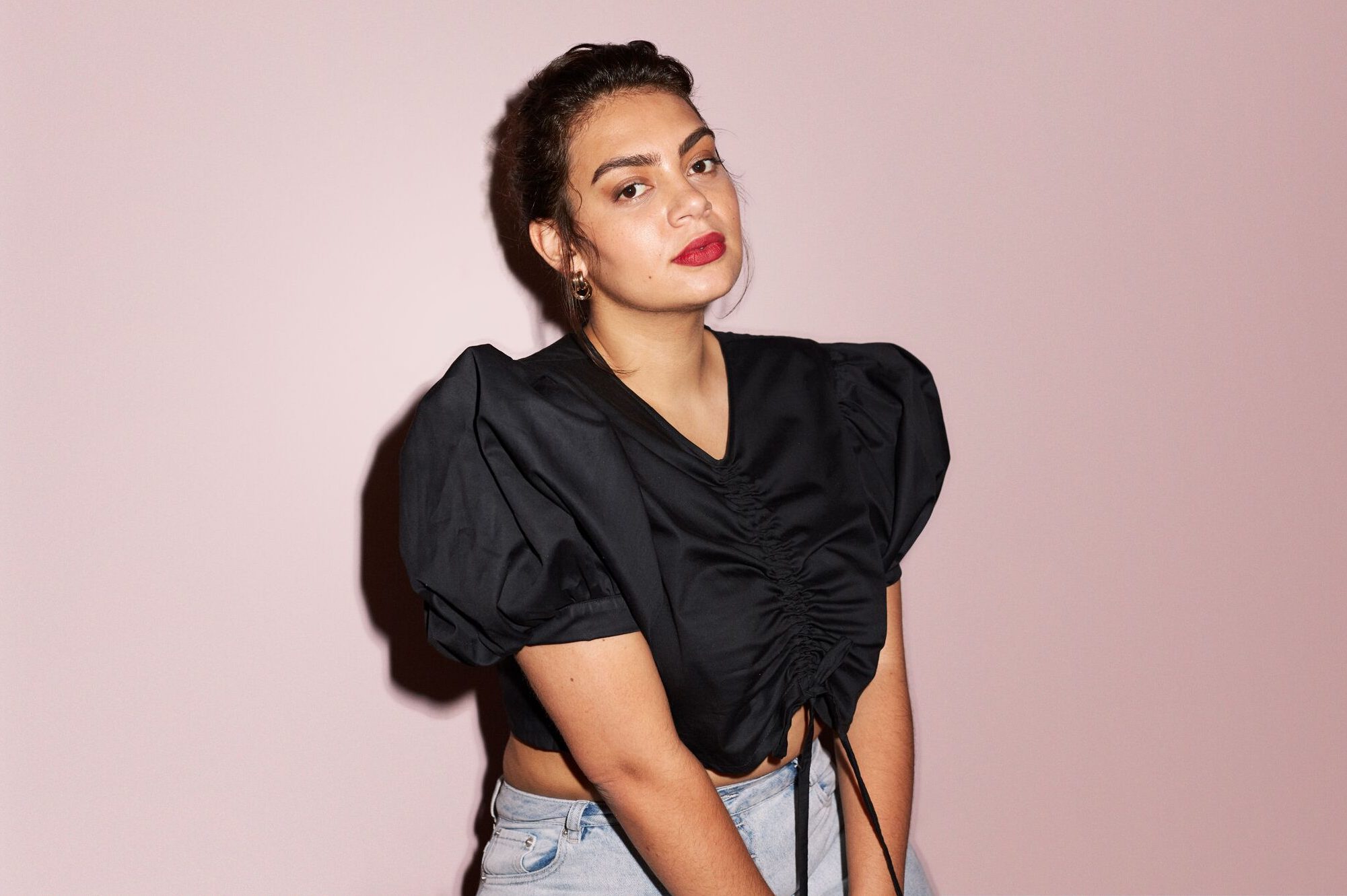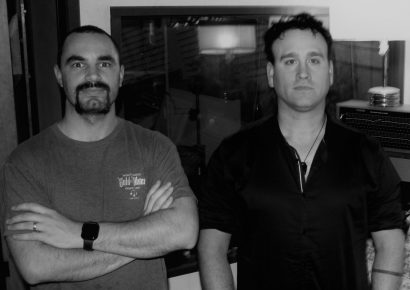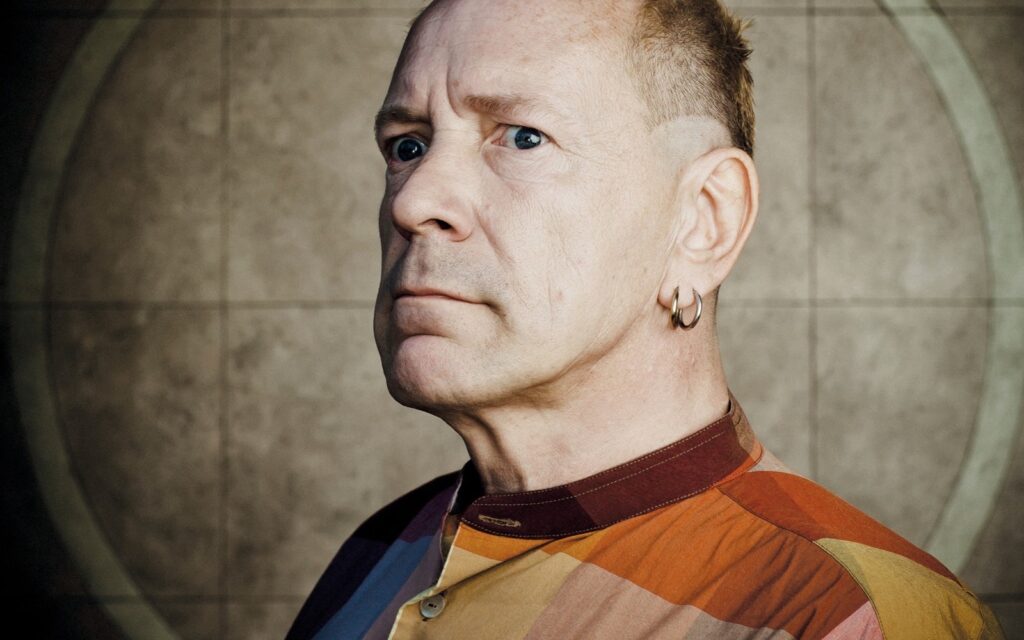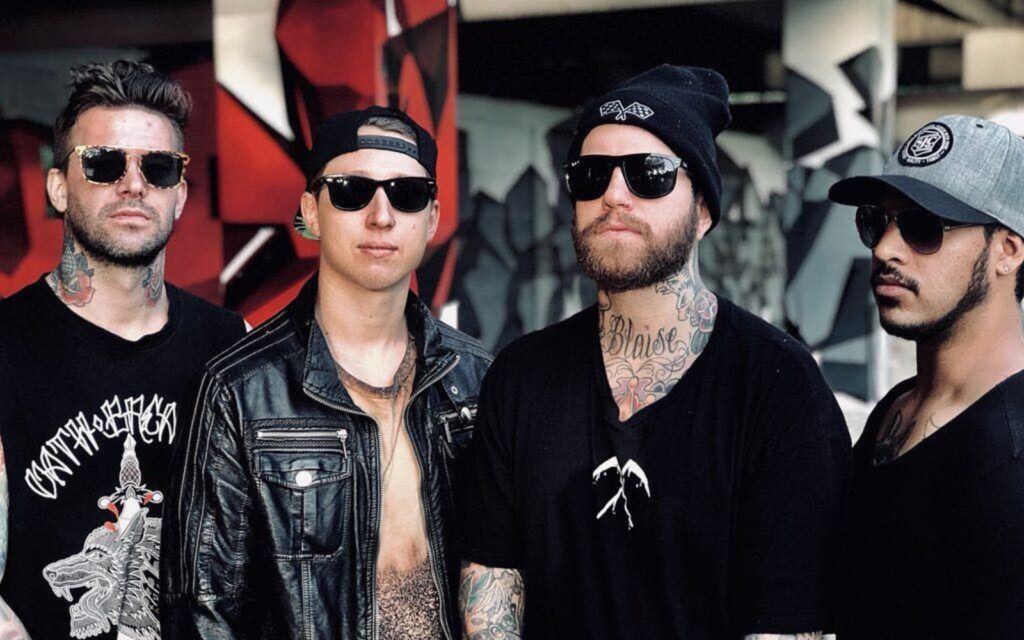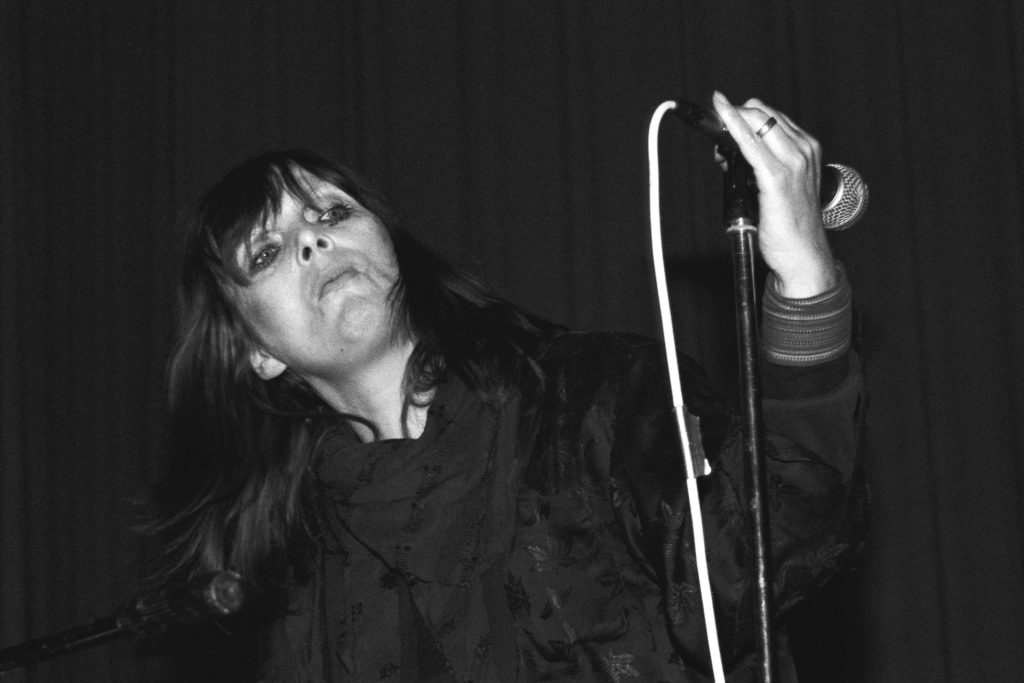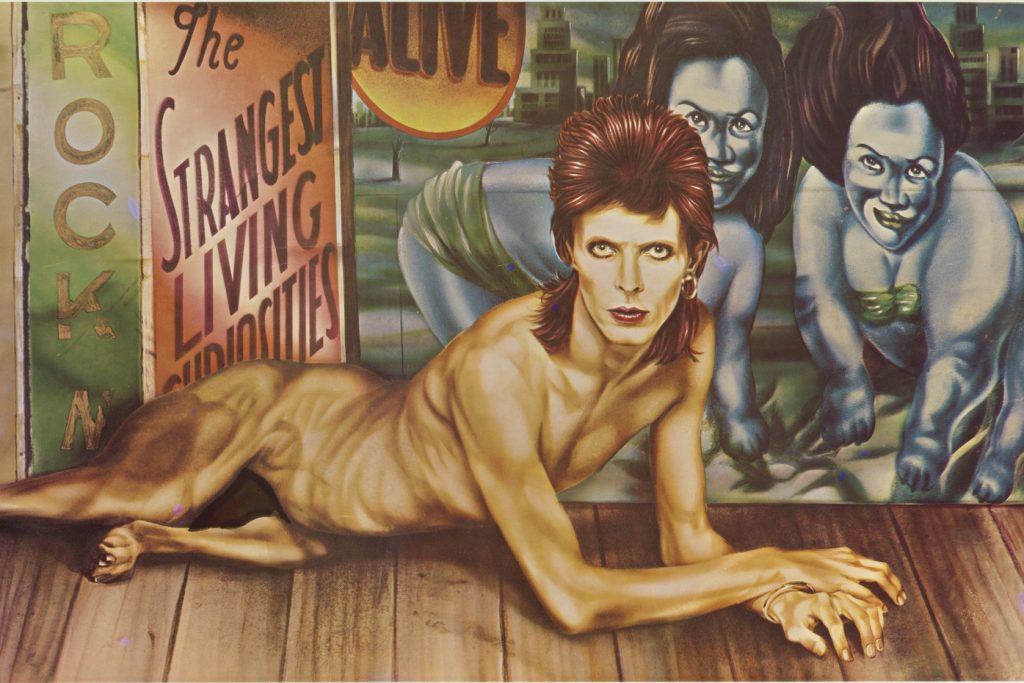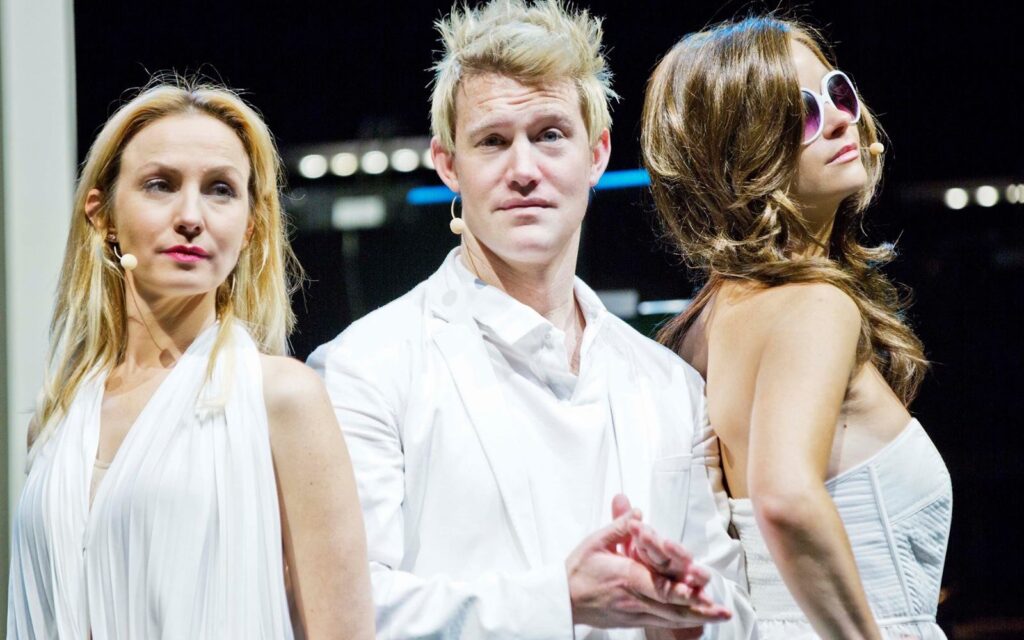Does the latest countdown indicate a move towards a more inclusive music industry?
Hottest 100 Day has replaced Australia Day for most music-loving Aussies. While Australia Day is a problematic holiday which perpetuates the segregation of First Nations peoples, the Hottest 100 is a chance for everyone to vote for their favourite tunes of the year, whack on the stereo and come together to celebrate good music – especially since moving from its former January 26 date.
Conflict still arises in the form of the wailed “shoulda been higher” when your favourite bands don’t place as expected and arguing with your friends about who was “robbed”, but it’s a whole lot more inclusive than celebrating a day which represents the beginning of colonisation and Indigenous genocide.
While triple j has been supportive of female, Indigenous and culturally diverse artists over the years, 2019’s Hottest 100 has really broken some ground.
For the first time in the annual hitlist’s history, a solo female musician has taken out the number one spot, with five other female artists also placing in the top ten. Young American singer Billie Eilish took out the Hottest 100 crown with her song ‘bad guy’, while Vera Blue’s ‘Rushing Back’ with Flume, Mallrat’s ‘Charlie’ and ‘Dance Monkey’ by Tones and I came in second, third and fourth, respectively.
G Flip also made it to number six with ‘Drink Too Much’, while Thelma Plum became the highest-ranking Indigenous artist with her track ‘Better in Blak’ sitting at number nine. Female representation goes up even more if you include Ecca Vandal (as part of her collaboration with Hilltop Hoods) and Cesira Aitken of The Jungle Giants.
So, what does this all say about Australia’s music landscape? Are our attitudes towards women and people of colour in the industry finally changing?
Focusing solely on triple j’s Hottest 100 and its progression over the years, then yes, we are seeing a long-overdue change. The top ten slots have generally been dominated by white males, with no more than four front-and-centre female artists placing in this bracket.
Julia Stone, Dolores O’Riordan, Kimbra and Kai are all women who have landed in at number one, but either as part of a band with male members or as supporting vocalists. Amy Shark and Tash Sultana have both been close, but have never had enough votes to be bumped over the line.
As for Indigenous artists, there has been no representation in the top ten until now. Previously, the highest-ranking Indigenous act was A.B. Original with ‘January 26’, which came in at number 16 back in 2016. Even the much-loved Baker Boy has never cracked top ten, although he has placed in the countdown for three years in a row.
It’s hard to pinpoint exactly why we’re seeing a rise in the number of female artists and POC taking top spots now, because lord knows there’s always been kick-arse people in both these groups making kick-arse music.
Perhaps it’s due to the fact that this year’s Hottest 100 had the most voters in history, with more than 3.2 million votes being cast. That is almost a million more than the year before, meaning there’s a broader range of people having their say.
The majority of these votes came from women too, making up 56 per cent compared to 42 per cent of males, and 2 per cent nonbinary, unspecified or other. That’s not to say that women are necessarily voting for women, or men are solely voting for men, but it could be one reason that we’re bearing witness to such results.
In light of these historical Hottest 100 figures, one has to hope that we’re seeing this change because the glass ceiling is finally being broken. Gender and racial discrimination have characterised the music scene for so long, sometimes in such subtle and subconscious ways that it’s been hard to even know how to tackle the problem.
For triple j, a boost in the number of female presenters and presenters of colour (shoutout to Ebony Boadu) has undoubtedly brought with it a shift in the station’s musical representation, and the education of those who tune in.
That doesn’t mean we’ve reached an equal playing field just yet, and there were still only 29 female artists compared to 57 males, or 14 mixed bands. However, the shift in attitudes and the results from these votes gives hope for a more inclusive and diverse music scene in Australia.
With the amount of amazing female artists and POC, there’s no reason why we can’t bridge that gap a little more in next year’s countdown, so let’s keep making positive steps in Hottest 100 history.
Never miss a story. Sign up to Beat’s newsletter and you’ll be served fresh music, arts, food and culture stories three times a week.
